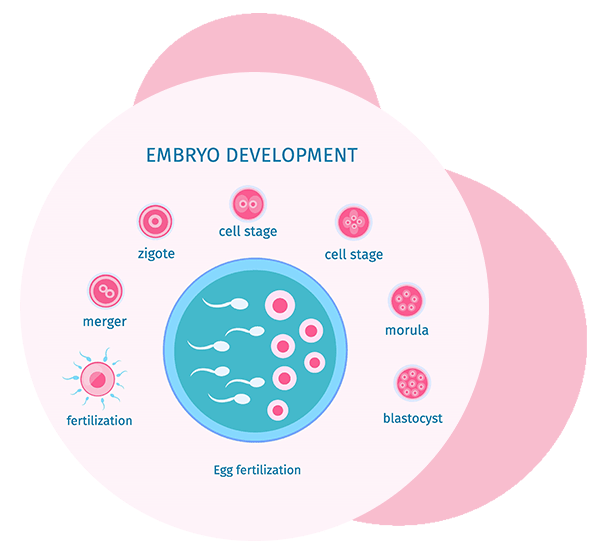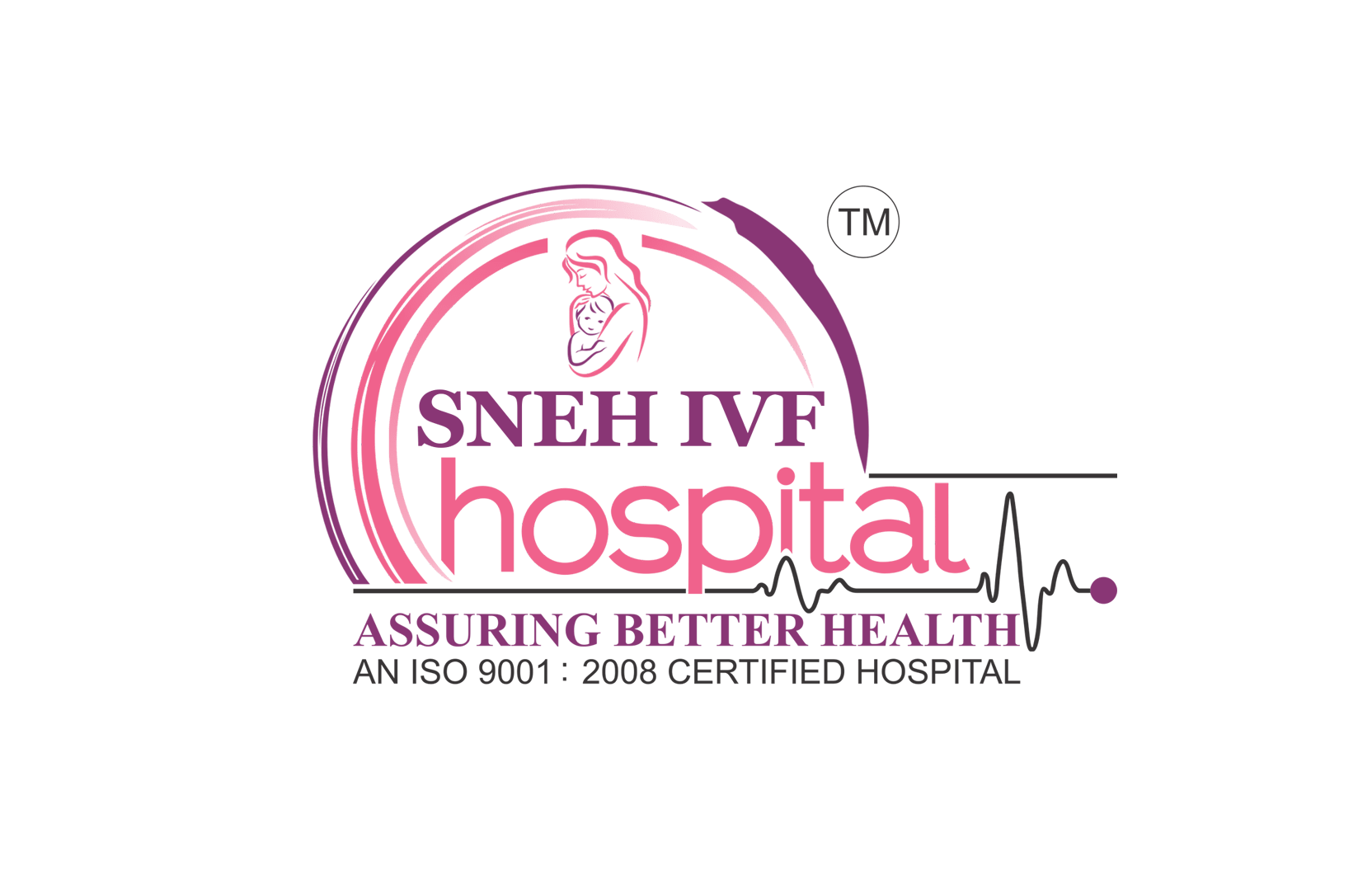What Is Blastocyst Culture Treatment?
Blastocyst culture is a technique used in assisted reproductive technology (ART), specifically in vitro fertilization (IVF), where embryos are cultured in the laboratory for an extended period before being transferred into the uterus. Here’s a detailed overview of blastocyst culture treatment:
- Embryo Development
- Blastocyst Stage
- Extended Culture
- Selection and Viability
- Transfer
Benefits of blastocyst culture include potentially higher pregnancy rates per embryo transferred, as well as a lower risk of multiple pregnancies compared to transferring multiple cleavage-stage embryos. However, not all embryos will develop into blastocysts, and some patients may not have suitable embryos for transfer at this stage.
Overall, blastocyst culture is a method aimed at optimizing embryo selection and improving the chances of successful implantation during IVF treatment.



